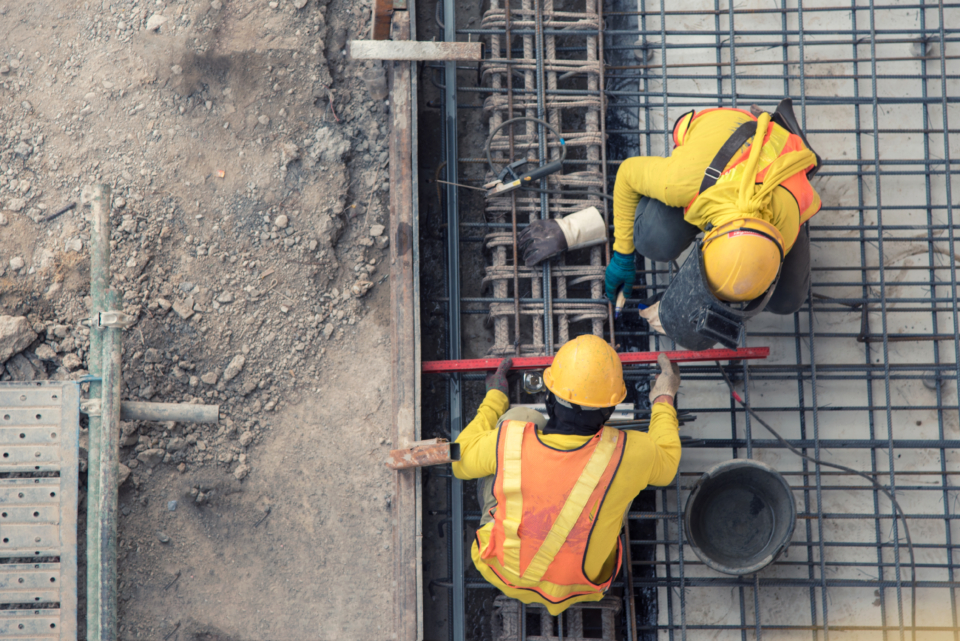What is subsidence?
The foundations and the building they support move with the ground and the if this movement is greater than the materials can accommodate, cracking will occur. In severe cases walls and floors may become disconnected risking the buildings stability. Subsidence can be caused by various different processes including clay shrinkage due to seasonal effects or the influence of nearby trees and shrubs, water eroding and washing away soil, used or disused mines, poor foundations and underground caverns.
When should you take action?
Often the first sign of subsidence is the presence of crack within the walls of the building. Cracks may be due to a number of causes, subsidence being only one of these. Some things to look for: cracks greater that 3mm in width, present both inside and outside a property, often extending diagonally up the walls and near to openings such as windows and doors. If such cracking is present it is often worthwhile arranging for a structural inspection report from a residential structural engineer to review the cracking, assess its cause and recommend any further works.
What can be done to reduce the risk of subsidence?
You cannot change the location or the ground that your property is built upon but you can help manage the likelihood of any potential subsidence occurring. Property maintenance is key, maintain your external pipes, drains and gutters. Keep them clear and promptly repair any defects. Avoid planting trees and shrubs too close to your building, the recommended safe distance varies but can be up to 1.25x the mature height of a tree or 1.0x the height of a shrub. The species of the new tree can have a significant effect upon the potential for damage and therefore the safe planting distance may be reduced for certain tree types.
How can Form help?
Form is able to assist, contact us about your property and concerns and we can advise. An initial inspection is often the first step, we will review the building and any signs of damage. This may rule out subsidence or lead to a period of further investigation or specification of repairs. If subsidence is found, repairs will be needed and the usual next step is to contact your building insurer to report the issue. Foundation repair options include resin polymer injection to improve the ground or underpinning, whilst the cracks in the building may be repaired using structural crack stitching techniques. It is important that the cause of any subsidence is properly understood and addressed before completing the repairs to the property.
Resin injections is the more modern approach, this involves a resin polymer being injected into the ground at different points. The resin expands as it moves into the soil below filling the gaps. This option is preferred as it can be undertaken in a quicker time frame and you can remain in your home. The resin option is also cheaper as it is less labour intensive however, if you only have a small section of your foundations in need of repair underpinning may still be more cost effective. Form can advise on this for you.


